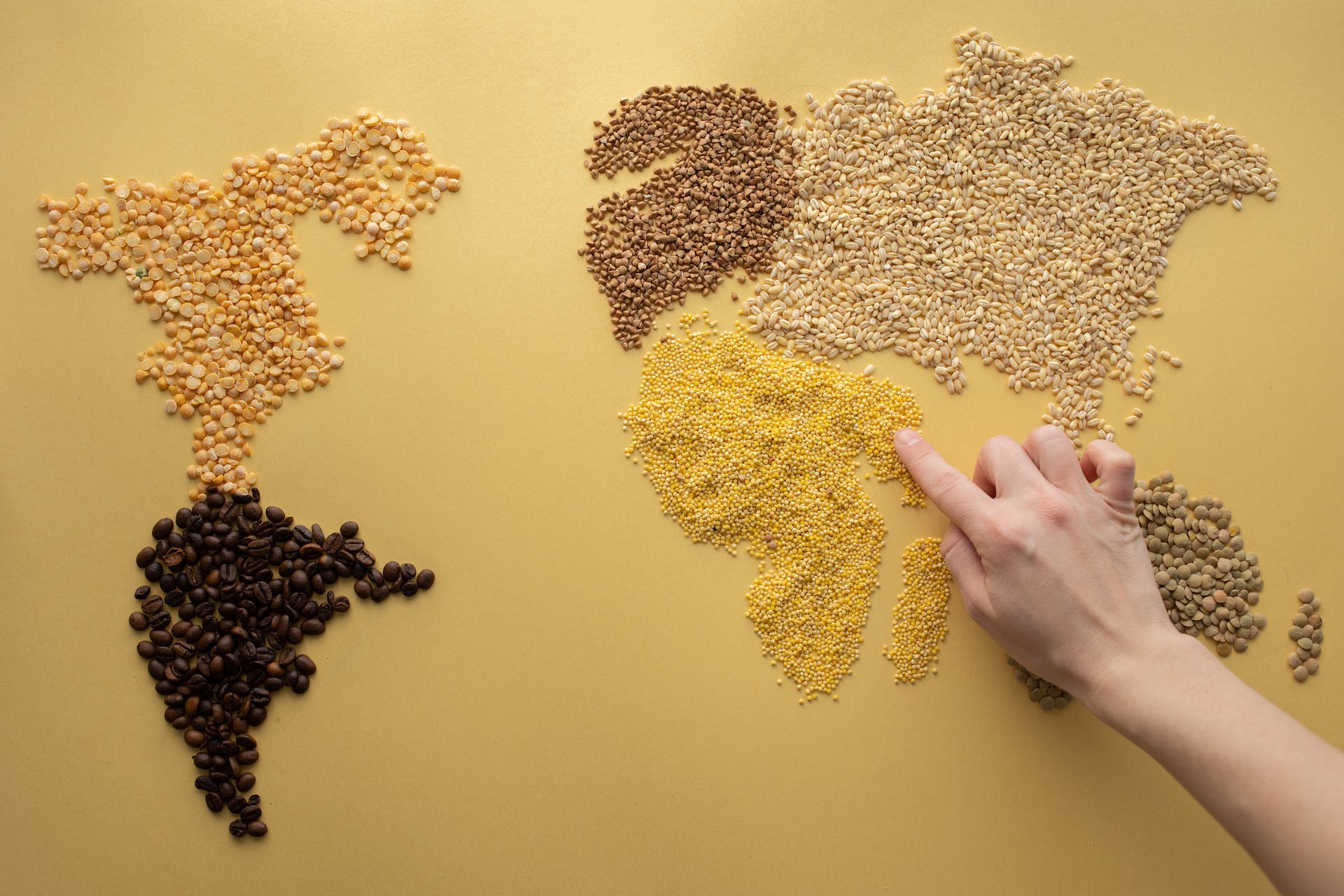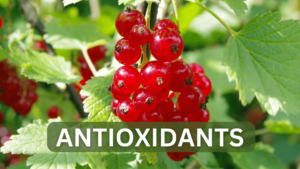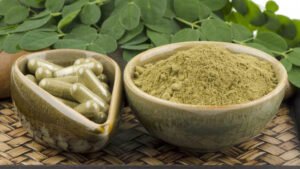Table of Contents
Millet Grains: A Diverse Family
Millet, among the oldest cultivated grains globally, stands as a staple crop in Africa and Southeast Asia for millennia. Its small, hardy grains, resilient against insect damage, encompass various varieties categorized as large (major) and small (minor). Large millets include Pearl Millet: exhibiting shades of white, yellow, gray, or purple, with grains ranging from 3-5 millimeters. Sorghum Millet: displaying shades of white, yellow, and red, grains measuring about 4-6 millimeters. Finger Millet (Ragi): presenting as small and brown, with grains only 1-2 millimeters per grain. Foxtail Millet: sporting grains of 2-3 millimeters, with colors ranging from red and black to white or yellow. Proso Millet: featuring grains about 3 millimeters long, with color variations of white, yellow, or brown.
Small Millets
- Little Millet: Showcasing grains of 2-3 millimeters, with shades of gray and white.
- Barnyard Millet: Resembling Little Millet in size and color variations, measuring about 3 millimeters long.
- Kodo Millet: Exhibiting variations from blackish to dark brown, with grains measuring 3-4 millimeters.
- Browntop Millet: Displaying tan to white grains, measuring about 4-5 millimeters in length.
Millet Benefits: A Nutrient Powerhouse
Millet emerges not merely as a grain but as a nutritional powerhouse with a myriad of benefits.
Controls Blood Sugar
Millets, recognized as low-glycemic index foods, play a pivotal role in managing blood sugar levels, especially beneficial for individuals grappling with type 2 diabetes.

Improves Digestive Health
Abundant in dietary fiber, millets bolster gut health by fostering the growth of beneficial bacteria and facilitating regular bowel movements. This, in turn, reduces the risk of colon cancer.
Protects Your Heart
Soluble fiber in millets contributes to lowering cholesterol levels, mitigating the risk of atherosclerosis and heart disease. Millets, with their magnesium content, also play a vital role in preventing heart failure.
Promotes Anti-Aging
Enriched with tannins, phytates, and phenols, millets act as protectors against cellular damage, actively contributing to anti-aging efforts by preventing conditions like high blood pressure, diabetes, and high cholesterol.
Builds Healthy Cells
Finger millet, in particular, stands out as an excellent source of B vitamins, crucial for various functions ranging from brain health to healthy cell division.
Millet Nutrition: More Than Just Grains
Millet boasts a rich nutritional profile, offering more essential amino acids than most cereals. It includes protein, calcium, vitamins A and B, phosphorus, potassium, antioxidants, niacin, and iron.
Nutrients per Serving
- Calories: 189
- Protein: 5.5 grams
- Fat: 2 grams
- Carbohydrates: 36.5 grams
- Fiber: 4.25 grams
- Sugar: Less than 1 gram
- Sodium: 2.5 milligrams
Portion Sizes
Similar to other grains, millet isn't a low-calorie food, emphasizing the importance of moderation. A serving of cooked millet is approximately 1 cup.
How to Cook Millet: Versatility in Every Bite
Millet, available in various forms—dried, puffed, or ground as flour—offers culinary versatility.
To cook millet:
- Combine 2 cups of water and 1 cup of millet in a saucepan.
- Bring to a boil, then simmer for about 15 minutes until the millet absorbs most of the water.
- Remove from heat, let it sit for 10 minutes with the lid on.
Additional tips:
- Soak grains in water for hours to reduce phytic acid.
- Enhance the flavor by toasting millet for a nuttier taste.
Read this too: Unlocking Wellness: 7 Science-Backed Health Benefits of Amla
Incorporating Millet into Your Diet
Explore various culinary possibilities with millet:
- Bake bread with millet flour.
- Try millet and mushroom risotto.
- Use millet as stuffing for eggplant.
- Mix millet flour into waffle batter.
- Snack on puffed millet.
- Add toasted millet to salads.
- Create a millet curry or stew.
---- Get a Combo of 5 Millets ----

Q&A Section
1. Is it OK to eat millet every day?
Yes, it is generally considered safe to include millet in your daily diet. Millets are nutritious whole grains that offer various health benefits, making them a suitable and wholesome addition to your regular meals.
2. Is millet healthier than rice?
Millet is considered a healthier alternative to rice in some aspects. It is rich in protein, calcium, and essential amino acids, making it a nutritious choice. However, the healthiness can vary based on personal dietary needs and preferences.
3. Are millets better than rice?
Millets can be considered better than rice for certain nutritional aspects. They offer diverse nutrients and have a lower glycemic index compared to some rice varieties, making them potentially beneficial for managing blood sugar levels.
4. What are the 5 positive millets?
The term "positive millets" is not a standard classification. However, common millets include pearl millet, foxtail millet, finger millet, proso millet, and barnyard millet, each with its unique nutritional profile.
5. What is millet called in India?
In India, millet is commonly referred to as "bajra."
6. भारत में बाजरा को क्या कहते हैं?
भारत में, बाजरा को "bajra" कहा जाता है।
7. Is millet suitable for individuals with type 2 diabetes?
A1: Absolutely, millet's low glycemic index makes it a suitable choice for individuals managing type 2 diabetes.
8. How does millet contribute to heart health?
A2: Millet, rich in soluble fiber, actively aids in lowering cholesterol levels, reducing the risk of atherosclerosis, and promoting heart health.
9. What makes finger millet stand out nutritionally?
A3: Finger millet's distinction lies in being an exceptional source of B vitamins, essential for various functions, including brain health and healthy cell division.





[…] Benefits of Millet: The Ancient Grain with Modern Health Benefits […]